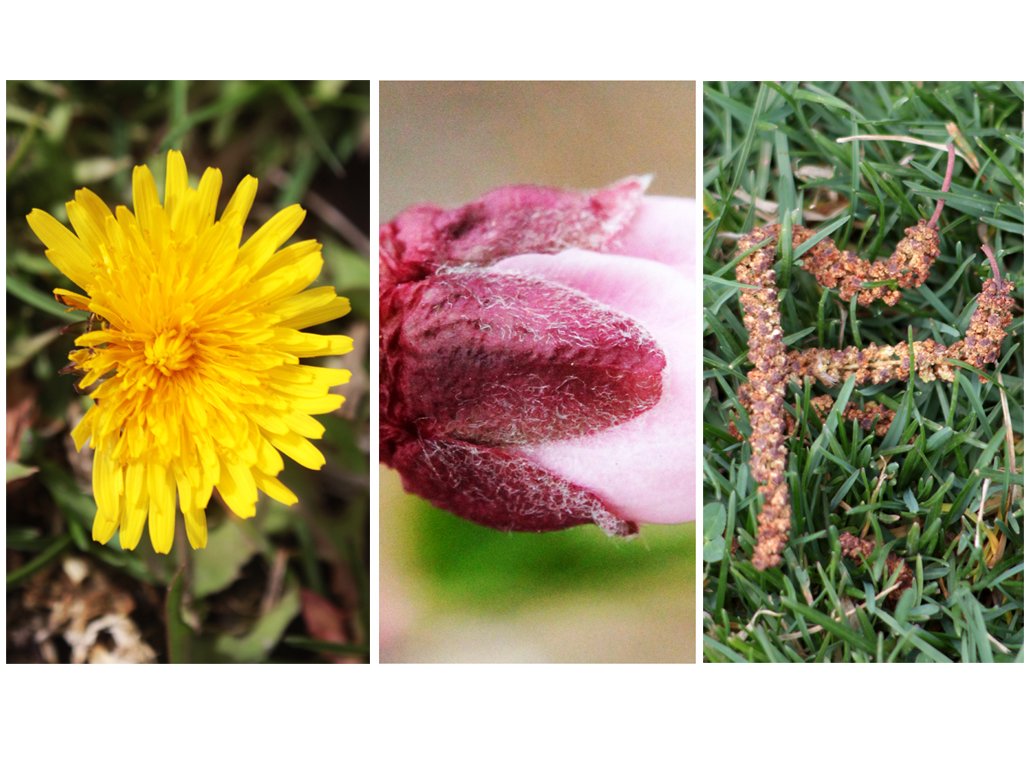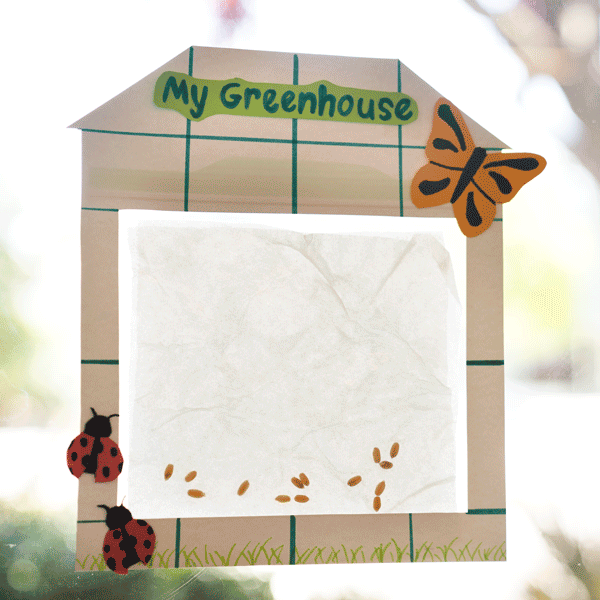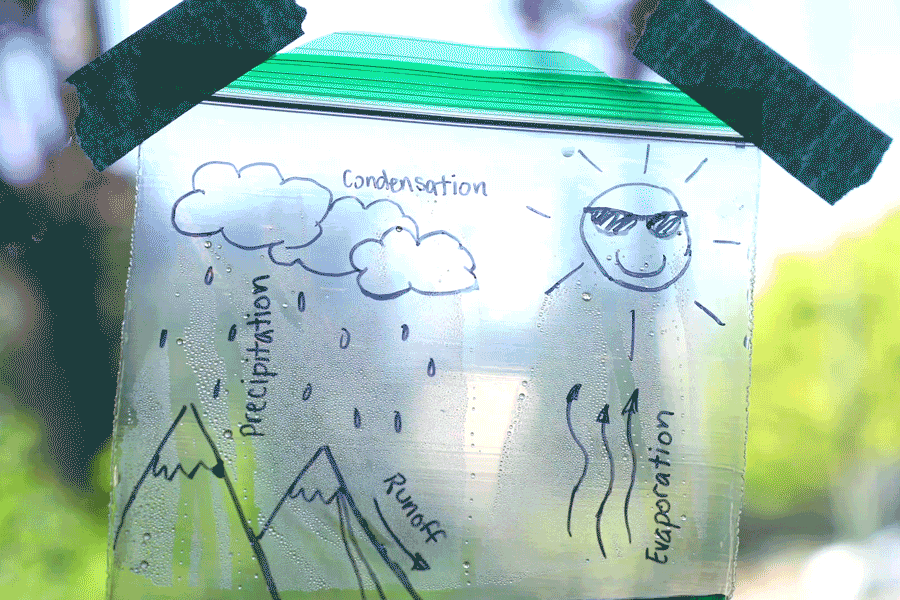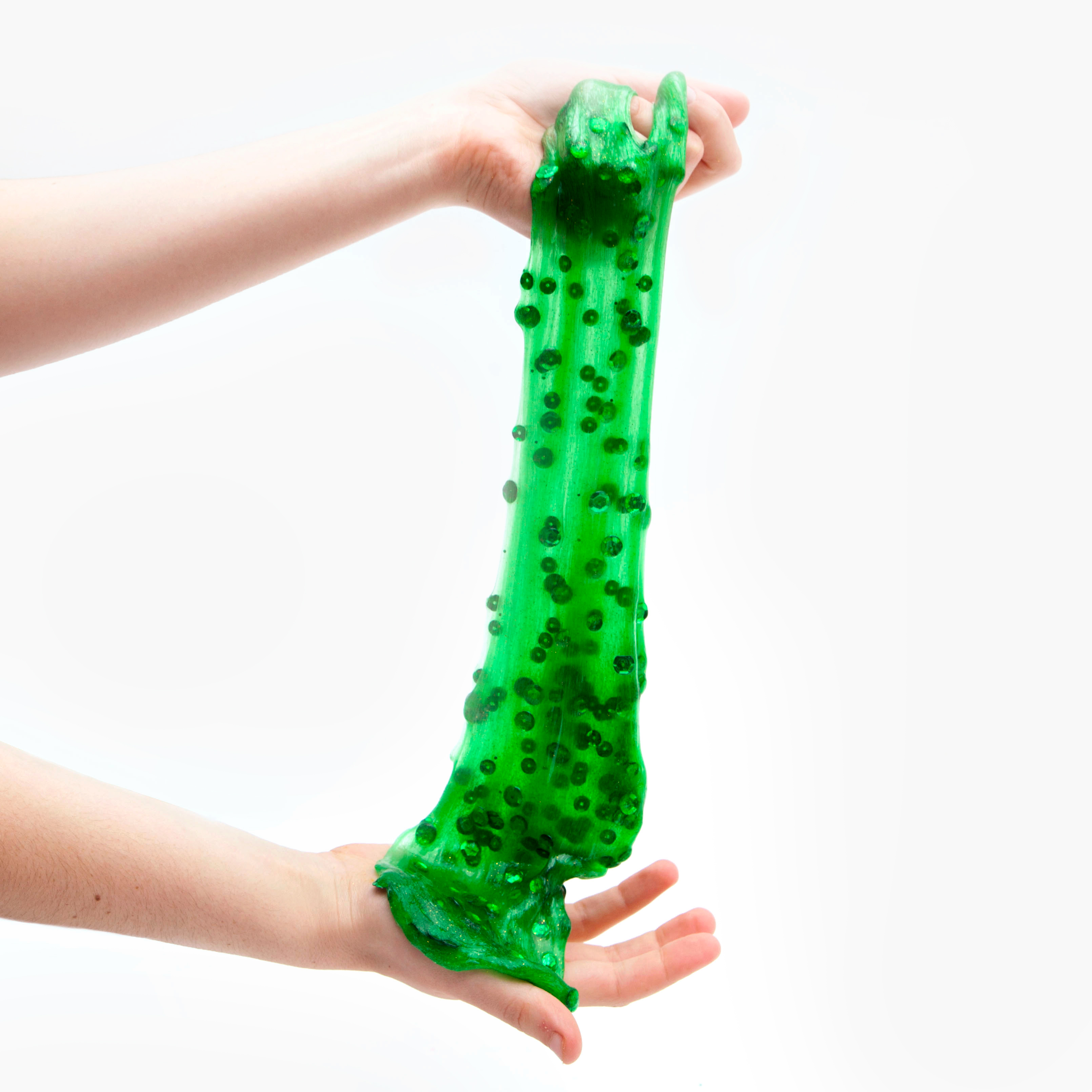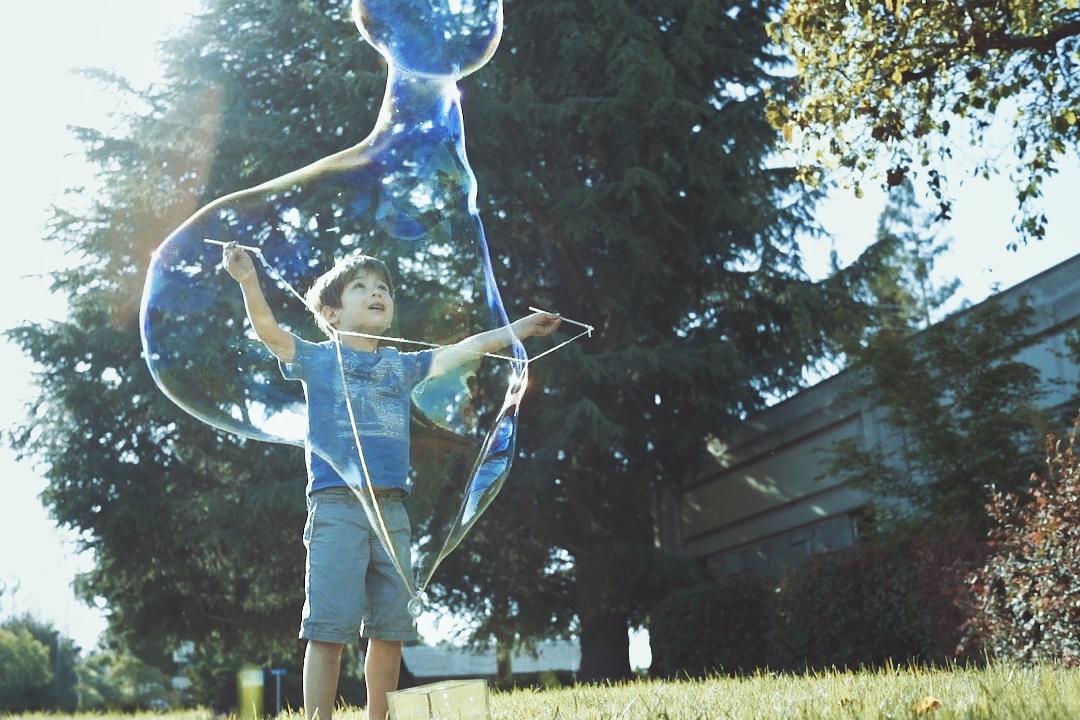- Play with Nature’s Alphabet
(Ages 4-104)
A spring walk (or backyard adventure) becomes a game of find and seek when you look for nature’s alphabet. Look carefully at all the plants around you. Can you find leaves, blooms, or sticks that resemble each letter? This activity is fun for little ones and kids, ages 4 to 104! What kind of shapes and symbols can you discover?
- Grow a Window Greenhouse
(Ages 5-11)
How do plants grow? create a mini greenhouse to learn how plants depend on sunlight and water. Place seeds in a bag with a wet paper towel and put the bag by a sunny window. Record your observations daily to see how long it takes for the seeds to sprout and grow leaves. What do you observe? When the seeds have sun and water, they sprout. But do they need both sun and water? Make multiple window greenhouses and test it out! What happens if you place the seeds in a dark room with water? Or in a sunny spot without water? Or even in a dark place with no water? What do you see?
- Explore earth science with Water Cycle Bags
(Ages 5-16)
You can make it rain indoors! With a bag and a little bit of water, and some help from the sun, you can create a demonstration that shows how Earth’s natural forces work. By hanging your Water Cycle Bag in direct sunlight, you can see the water evaporate and condense into tiny droplets (this is how clouds are formed). When the droplets become bigger, they’ll run down the side of the bag (this is precipitation, like rain), and the water will pool again at the bottom of the bag (this is collection, like lakes and oceans). And then just as it does on Earth, the water cycle begins again.
- Launch a Bottle Rocket
(Ages 9+)
Yes, it does take a rocket scientist! Rocket scientists design and test aircraft, spacecraft and satellites and other flying things! Get ready to blast off into the air with your very own bottle rocket. Assemble your launcher, rocket, funnel, and launch mixture to experience some extremely fizzy fun. If you want to learn about rocket science and/or how to launch other flying objects, check out these ballista and bottle rocket crates.
- Experiment with Slime
(Ages 5-16)
If you’ve ever wondered why it might be hard to get out of quicksand, it’s because it can act like both a liquid and a solid. When a substance like this has properties of both liquids and solids, they are called non-Newtonian fluids. Slime is a non-Newtonian Fluid! When you slowly press your fingers into slime — it’ll feel like a liquid. But when you quickly press your fingers into it, it becomes hard as a rock! While certain substances change from solids to liquids to gases with temperature, for non-Newtonian fluids, this change happens based on pressure instead of temperature. Interested in learning more about slime? For more vibrant projects check out this color changing slime or the slime party pack (which is great for groups!)
- Make a Giant Bubble Wand
(Ages 3-16)
Everyone loves blowing bubbles! It only takes a few household items to make a giant wand along and soapy solution. Encourage the kids to take turns to see who can make the biggest bubbles. To learn the science behind bubbles check out this terrific article.
- Cook up some Juicy Gel Bubbles
(Ages 5-16)

Make juicy gel bubbles that pop in your mouth. The magic ingredient is agar powder. Agar powder is a gelling agent that comes from a type of algae. Make multiple batches in different colors! Agar is an edible gelling agent that cooks use to thicken thicken sauces soups, and puddings. The agar dissolves in the hot juice and, as it cools, traps the juice in a web of molecules. This gives the juice less space to move around, and it “sets” into a semi-solid substance. When you drip the juice mixture into cold oil, it gels on contact. Because oil and juice (which is water-based) don’t mix, the juice drops cling to one another, forming smooth spheres.
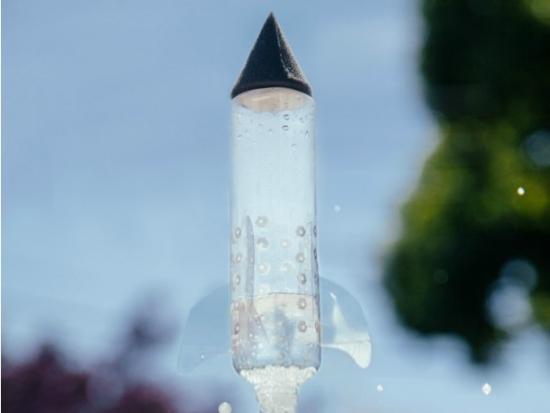
Seriously Fun STEM Activities to Do at Home
Make learning seriously fun this spring with these STEM activities for kids to do at home! From outdoor experiments that explore light, weather, and nature to indoor activities that investigate slime science and cooking chemistry, here are some awesome STEM activities to inspire kids of all ages.
STEM (Science, Technology, Engineering, and Math) learning is crucial for critical thinking and problem-solving. Here at KiwiCo, our goal is to help kids learn valuable STEM skills to help build creative confidence. Not only will your kids have a blast doing these activities, they will be developing tools necessary to become tomorrow’s leaders, inventors, and innovators.
